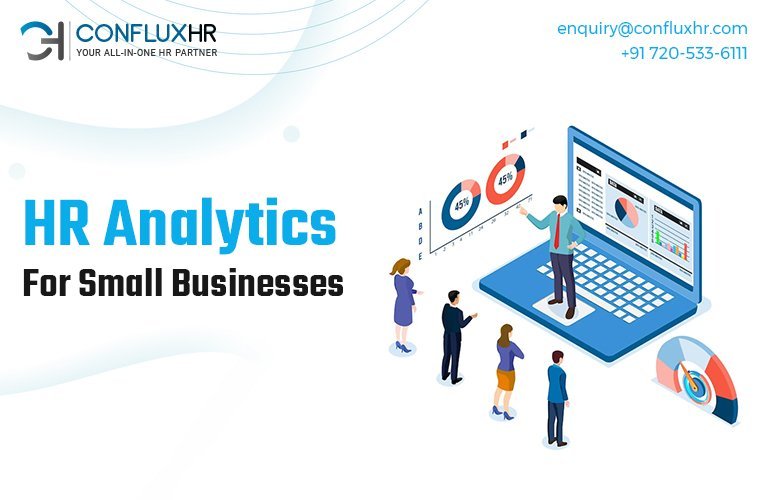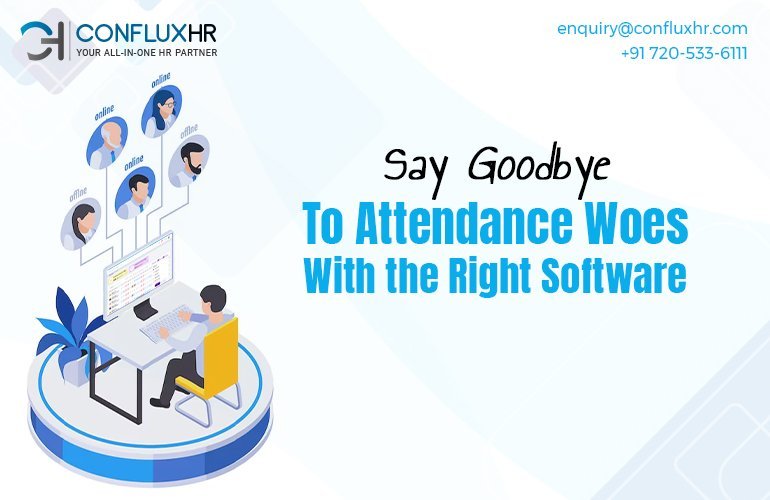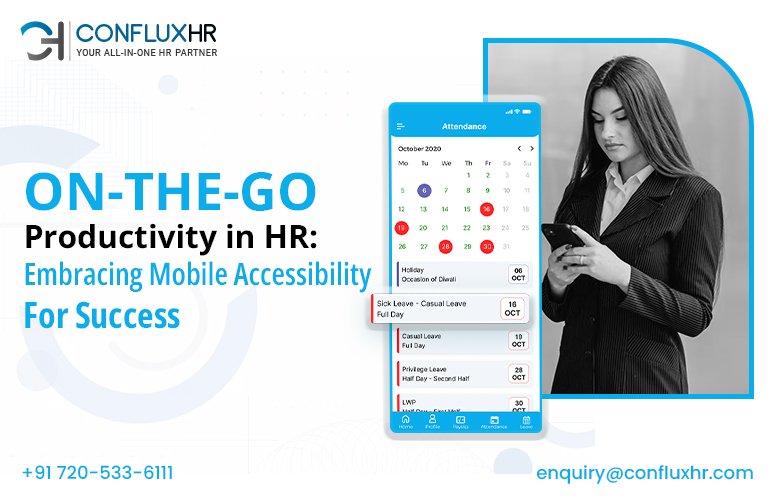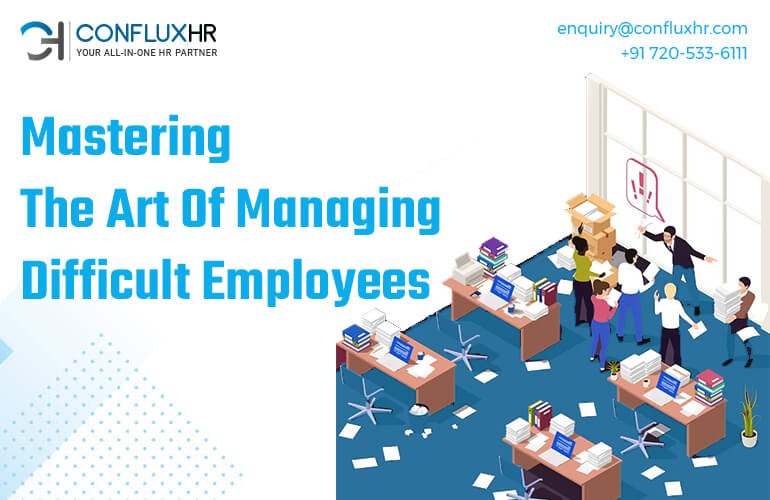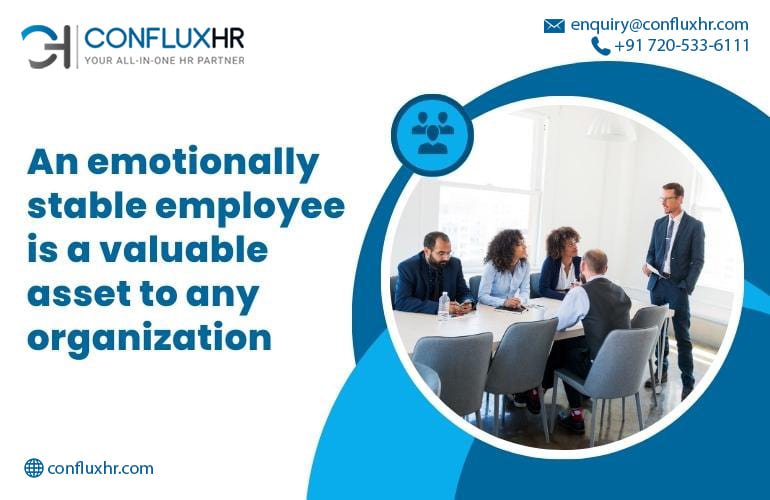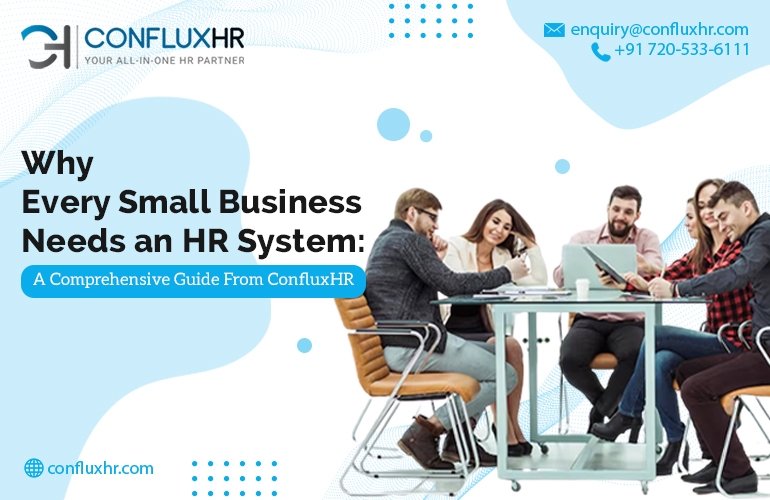In the fast-paced and dynamic landscape of modern business, managing employee attendance and leave effectively has become a critical task. Traditionally, HR professionals relied on manual methods to track attendance, leading to inaccuracies, inefficiencies, and increased administrative burdens. However, with the advent of technology, leave and attendance software has emerged as a game-changer for businesses of all sizes.
Efficiency in Attendance and Leave Management
Attendance and leave management software, often integrated with HR and payroll systems, offers a range of benefits that streamline workforce management and elevate efficiency. Let’s delve into the advantages of adopting attendance and leave software and how it can revolutionize the way businesses manage their workforce.
Accurate and Automated Data Recording
One of the primary advantages of attendance software is its ability to automate data recording. Employees can easily clock in and out digitally, and the system automatically records their work hours. This eliminates the need for manual data entry, reducing errors and ensuring precise and reliable attendance data. With accurate data, businesses can make informed decisions and maintain compliance with labour regulations.
Seamless Leave Management
Integrated leave management is a standout feature of leave management software. The software syncs employee leave data with attendance records, ensuring accurate deductions for leaves taken. This integration eliminates discrepancies and ensures employees are paid correctly, even when they take time off. HR professionals can easily approve or deny leave requests through the system, streamlining the entire process.
Real-Time Access to Data
Leave and attendance solution provides businesses with real-time access to attendance data. HR professionals can monitor employee attendance patterns, track absenteeism, and analyze trends. This data-driven approach enables businesses to make proactive decisions, identify potential issues, and optimize workforce management strategies.
Enhanced Employee Accountability
Clear visibility of attendance and leave data fosters a culture of accountability among employees. Employees become more responsible for their work hours and attendance records. Leave and attendance software discourages time theft and helps employees adhere to their schedules, promoting punctuality and discipline in the workplace.
Integration with HR Functions
Leave and attendance software often integrates seamlessly with other HR functions, such as payroll and employee self-service portals. This integration creates a cohesive HR management ecosystem, where data flows smoothly between different processes. For example, attendance data directly influences payroll calculations, reducing the chances of errors and discrepancies.
Customizable Configurations
Every business has unique attendance and leave management needs. Leave and attendance software allows HR professionals to customize configurations based on the organization’s structure, policies, and requirements. This flexibility ensures that the software aligns perfectly with the business’s attendance and leave processing needs.
Employee Self-Service Portals
Modern HR management emphasizes employee empowerment. Human Resources Management Solutions often offers employee self-service portals, where employees can access their attendance records, view pay stubs, and even request leaves. This feature reduces HR’s workload by enabling employees to manage their attendance and leave-related queries independently.
Enhanced Compliance and Reporting
Compliance with labour laws and regulations is crucial for businesses. Leave and attendance software simplifies compliance by automating calculations and generating detailed reports. These reports assist HR professionals in monitoring and maintaining compliance with labour regulations, tax laws, and industry-specific requirements.
Scalability
As businesses grow, their attendance and leave management needs evolve. Leave and attendance software offers scalability, accommodating an expanding workforce effortlessly. This scalability ensures that the software remains relevant and efficient as the business expands its operations.
Data Security and Confidentiality
Handling sensitive attendance and leave data demands stringent security measures. HRMS prioritizes data security by implementing encryption, access controls, and compliance with data protection regulations. This ensures that attendance and leave data remain confidential and secure.
In conclusion, leave and attendance software has become an indispensable tool for modern businesses seeking to streamline attendance and leave management. Its robust features, including accurate data recording, seamless leave management, real-time access to data, enhanced employee accountability, and integration with HR functions, empower businesses to efficiently manage their workforce.
By choosing a reliable leave and attendance software like ConfluxHR, businesses can experience seamless attendance and leave management, saving time and resources while ensuring compliance and accuracy.
Discover the power of ConfluxHR and transform your HR operations today! Experience seamless attendance, leave, and payroll management for your small business. Get started now!



